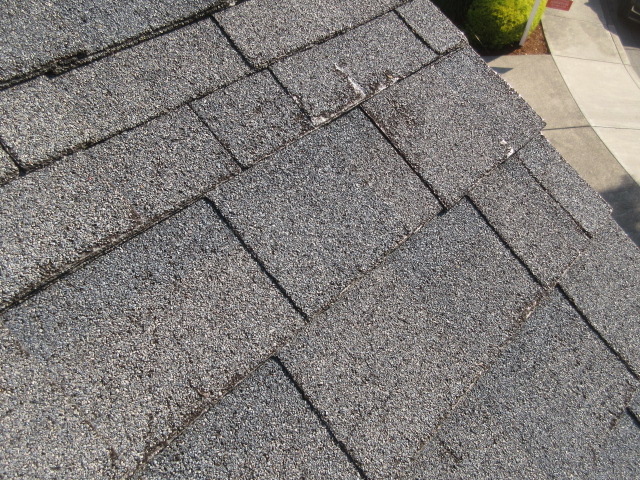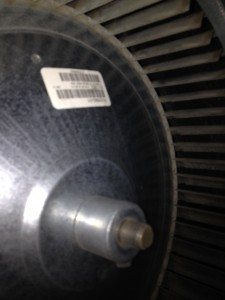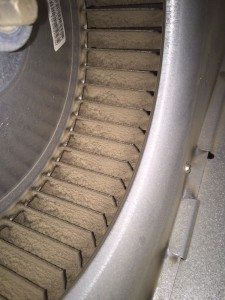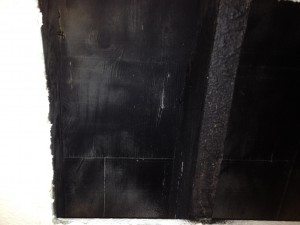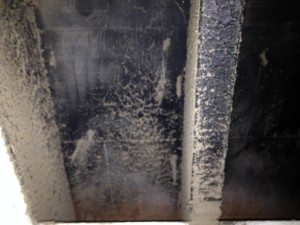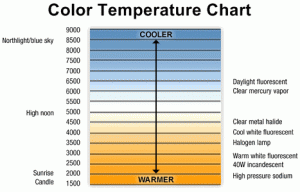Remember when you bought your home all those years ago? The seller replaced some things, and you did some work or replaced some things after you moved in… and then you went on autopilot because everything big was fixed! Ahhh…. how nice to just have to worry about changing your air filter for the heating/cooling system, testing & changing the batteries in your smoke & carbon monoxide alarms, clearing the gutters, and treating the moss on the roof every so often. Cruise control, commence!
Now, 10 or 15 years later, what is the condition of your home? If you decided to sell now, what kind of repairs would you have to do? What would need replacement? Let’s tap the breaks and come out of cruise control for a bit to evaluate the situation.
Normally, homeowners just fix things when it becomes a problem… which, for the most part, is fine. But what about when your water heater tells you its life is over by leaking water all over your basement or garage? Or your roof leaks (always seems to happen during a torrential downpour)? Or your furnace stops working (always on the coldest day of the year)? Perhaps it’s time to look at these things again- if nothing else, to give you an idea of when you might expect to replace these things.
We know that one-layer asphalt composition roofs (most common here) in the Portland area can last anywhere from 15-25 years. Water heaters generally last anywhere from 12-20 years. Furnaces usually go about 18-20 years before needing replacement. Replacing an old cooling system is a no-brainer because older, more environmentally destructive coolants are being phased out, and are therefore more expensive to recharge, making repairs or recharging older cooling systems silly in comparison to replacement. And kitchen appliances? Expected service lives are 10-12 years! Don’t get me started on those old toilets that waste gallons and gallons of water every time you flush! (Aaaaaand…. what if rodents made it into your attic or crawlspace and wreaked havoc? Or your exhaust fan came loose in the attic?)
It is important to keep in mind that the quality of components/construction, as well as use and maintenance also play a big part in how much time may be left: Four hot showers per day and four loads of laundry per week is going to wear much faster on a water heater than in a home where there are only two hot showers per week and one load of laundry or a part-time occupant (hello snowbirds).
With these rough service lives in mind, if you’ve owned your house for 10+ years and haven’t done much, you might benefit from looking up the ages of these components or hiring an inspector to look things over for you.
Let’s say you had ALL the mechanical equipment and appliances replaced when you bought your home… 15 years ago. That means the roof, water heater, cooling system, and kitchen appliances are likely nearing their final years (if not months) and the furnace has just a few years left. Wouldn’t it ne nice to be able to budget for these things or be proactive and replace them before greater damage is caused?
The good news is that newer mechanical equipment, fixtures, appliances, etc. are much more efficient than even 15 year old components, so you’ll be giving the earth a fist bump and saving on your monthly utilities. Some things can wait to be replaced, but other things may cause damage if you just let them tell you when they’re done!
